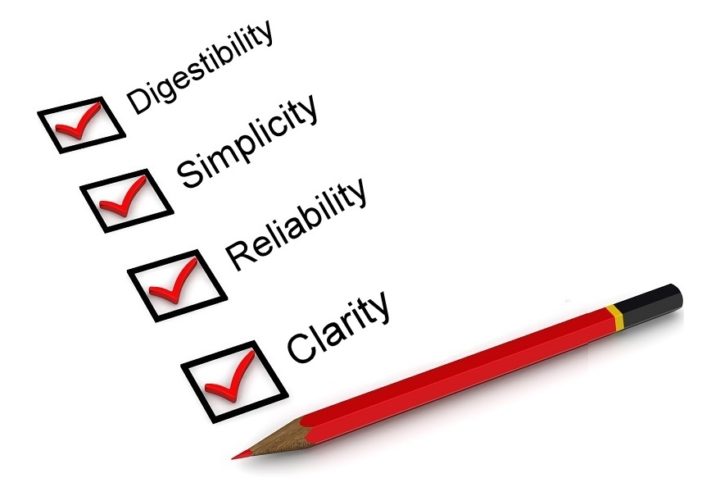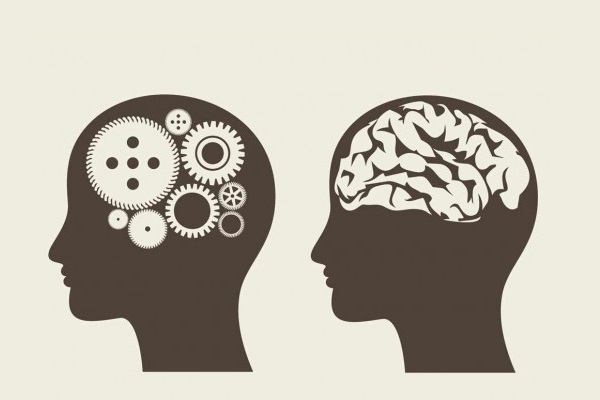How to Combine UX and Psychology for Improved Conversion Rates

UX designs are great for improving conversion rates for your site. Psychology is great for understanding how people behave and what they think about you. Most people do not know what psychologists do. As such, the first thing that they ask when they meet one is ‘Can you read my mind?’ Psychologists do not read minds and neither do psychiatrists. They assess the behavior and mental processes of individuals to understand, explain and predict future behavior. Well, this is not so easy to do but if you are able to apply it into your business then you will be able to get impressive results.
The psychology of users and customers is vital if you would like to improve the conversion rates of your business. Combine this with UX designing and you will get even better results. Here is a common scenario that many online business owners are grappling with. You have a website and a fantastic newsletter that you want to share with your readers. However, they do not sign up for it as you would want them to. There are several reasons as to why this is so:
- They simply do not want the newsletter and there is not much that you can do about this
- They do not want the newsletter at that given time and so frequently reminding them about it is going to do the trick
- Signing up for the newsletter is too lengthy a process- no one wants to get stressed because of a newsletter which is not compulsory.
- Signing up for the newsletter raises eyebrows like ‘Why do you need my credit card information to give me a newsletter?’
These are just some of the many reasons. The last two are heavily related to UX (user experience). All four of these reasons are related to psychology. You do not need to attend psychology classes to know why people are not going to be so motivated to sign up for the newsletter in the fourth case. In order for people to complete the actions you expect them to, you will need to deliver a UX like no other.
What motivates behavior?
Psychology identifies two sources of motivation. You are either intrinsically or extrinsically motivated. Extrinsic motivation comes from external factors, for instance rewards. A person is going to act in a particular way because they know that there is a reward at the end of the day. This is what teaches us to keep children quiet in class. The quietest child gets a piece of chocolate, candy or something of the sort. This is a great way of motivating behavior, but then it might not be as effective with online business.
There are some websites that do offer material rewards for whatever actions the owner wants the users to complete. For instance, you might find an ecommerce website that gives you discounts for signing up to their mailing list. This is extrinsic motivation. However, if you remove the reward, the behavior is not going to be repeated. Extrinsic motivation is great for actions that the user does not need to perform multiple times.
The second form of motivation is intrinsic motivation- it comes from within. Strictly speaking and from a psychologist’s point of view, intrinsic motivation is all about self-initiative. There are people who will perform certain actions simply because they want to perform them and they are self-motivated enough to perform them. This is the one that most website owners capitalize upon. You create a product and you hope that the users are going to convert as you want them to.
You might not be able to do much about the intrinsic motivation of an individual to act towards your product. As a matter of fact, the motivation might be non-existent to start with. The person might not be interested in your product as much. However, you can instill the motivation to act by properly designing your product. This is where UX comes in.
Proper product design

Conversion rates are informed heavily by the design of your product and the UX. Take for instance, you want someone to sign up for the newsletter as in the cases described above but then there are too many pages they are being redirected to. It is an assurance that they will not want to sign up for it. The user experience is not good- it is stressful.
The design of a product will need a good amount of psychology. It is necessary to understand how the product is going to be received by the user. If it is not user-friendly, then the experience will be negative. The cost of the product is an important part of the design and perhaps the first one that people focus upon. It is easy to assume that UX design is for websites only but this is not the case. The principles of UX design are being employed everywhere in product design nowadays. These principles include:
- Digestibility
- Simplicity
- Reliability
- Clarity
People respond well to material that is easy to digest, simple to understand and that which is clear. When you are designing your product, these are some of the most important UX principles to employ. Couple these with psychology and you will get excellent results.
Changing user behavior

This is the main goal of UX design- to change the behavior of users and make their experience good. To change the behavior of people interacting with your product, motivate them, give them the ability to do what you are asking them to do and give the right triggers for the behavior. For instance, a pop-up when a page loads requesting for the user’s email in order to add them to the mailing list is a good trigger. You can give notifications and calls to action throughout your site in the case of a website.
In summary, you can gain a lot if you made use of the combined power of UX and psychology. Motivate your user; psychology gives plenty of information as to how you can do this. Provide the users with a great experience while interacting with your product so that they are going to repeat the behavior. These are the best ways to make UX and psychology work for your conversion rates.

